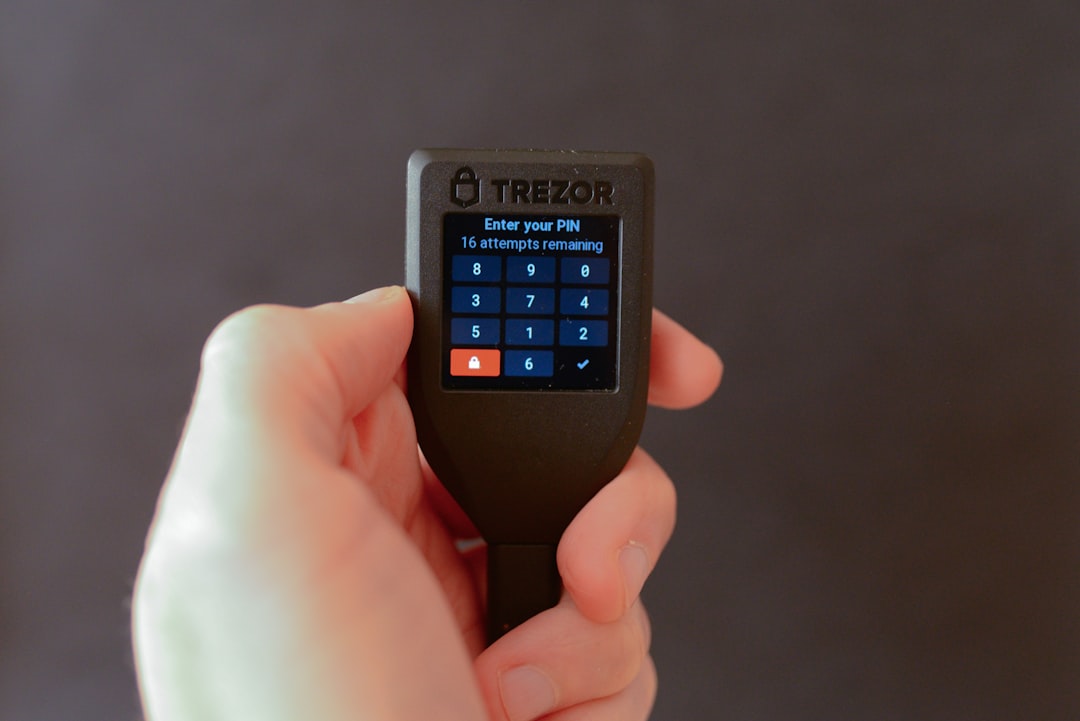Crime still doesn’t pay, even if it’s phishing. And although phishing may seem like a new word to many, especially with the latest updated Internet Explorer browser that is said to detect possible phishing activity on websites, it is an old term for a new concept.
A reported case of phishing took place earlier this year when Fasteen Engineering unavailable for comment. The firm was asked to check the peer-to-peer software used by about 30,000 customers of the licensed Hasbara Defender software in the month of October, according to an initial report by the company.

The initial findings showed that about 4.5 percent of the computers that had downloaded the software had spyware and adware installed, and about 7 percent had keyloggers, though the majority of the keyloggers were not related to the illegal software.
But when the company started looking deeper into the data, they realized that not all the computers had been identified correctly. It turned out that about 25 percent of the computers that had downloaded the software were indeed infected, but the true number was much higher, around 95 percent.
Those computers were then put through a series of checks by the company to ensure that they were no more liable to attacks. It is not clear, however, if all of the 25 percent that downloaded the software were actually infected.
Assuming that the 4.5 percent were infected, that brings us to the following implications.
1. The first and second articles on this topic stated that 4.5 percent of Internet users may be unaware that they have been infected. However, given that the infection numbers were discovered in about 30 percent of tested computers, it is safe to say that many PC users may be unaware that they have a virus or adware on their PC.
2. The finding that nearly half of all tested computers were infected with keyloggers, gives us the number of PCs that have been hacked by keyloggers during the last year. This means that almost half of all PCs that have been checked are found to be running with a keylogger. If we assume that each keylogger checked has either capacity to log up to 20 passwords per second or bitcoin, then we can say that at least one keylogger is capable of logging and sending information to at least 20 different people per minute.
3. The antivirus software protection is unable to stop some of the keyloggers. Which makes sense because those viruses are created fast enough to ensure that the protection programs can’t keep up. It also makes sense that if antivirus programs cannot stop keyloggers, then those PC users who have antivirus programs should look for one that can detect all keyloggers.
4. The same report gives the statistics of how many computers are infected with keyloggers. Based on tests of KeyLogging software, Microsoft and specialised companies performed about 14 million scans last year. Blacklogic, which is a software product boasting many features designed to combat keyloggers, has seen about 365 million scans this year so far.
The most up-to-date virus and spyware removal tools are capable of detecting all of these keyloggers and viruses. Those programs that are used to detect spyware and adware are more than capable of detecting and removing all of these keyloggers.
The two most popular spyware tools that are capable of detecting and removing keyloggers are Ad-Aware by Lavasoft and Hijack This by PestPatrol.
If you have ever wondered why there is so much money spent on developing combating other aspects of Internet security rather than developing programs that detect and remove spyware, adware and viruses, consider that keyloggers are scumware. The fact that keyloggers are able to remotely monitor a computer during a work session is even more amazing. Once this information is sent back to the scammers, they immediately use it to monitor future business transactions and so any information that they want to obtain about you can be sent back to them either through their own servers or via the web.
Now that you know why keyloggers are scams, let’s now discuss how to detect spyware with the aid of special software.
If you visit a website that has various different features including the use of Adobe Flash, then you might be vulnerable to any PHP redirects and so you should be careful when agreeing to download anything.
One of the more well known methods for installing malicious software is through the use of a .htaccess file. This is a simple but effective way of telling the browser to open a certain website or a certain directory. You’ll need to make sure that you don’t open any obvious spamming websites with .htacess Marechal hosting.













